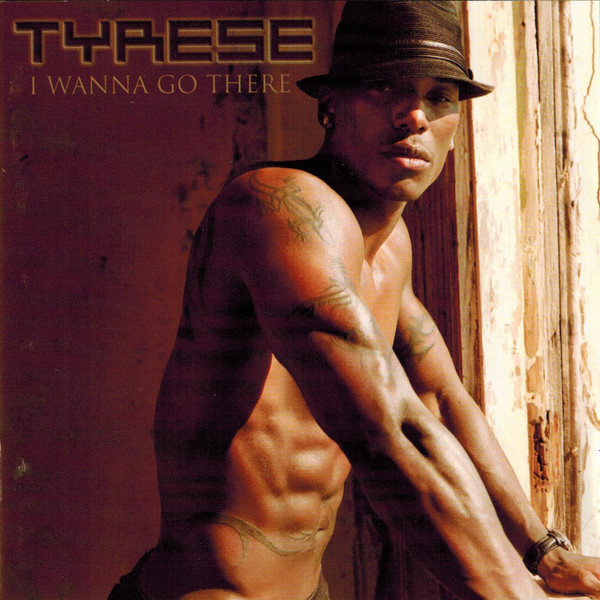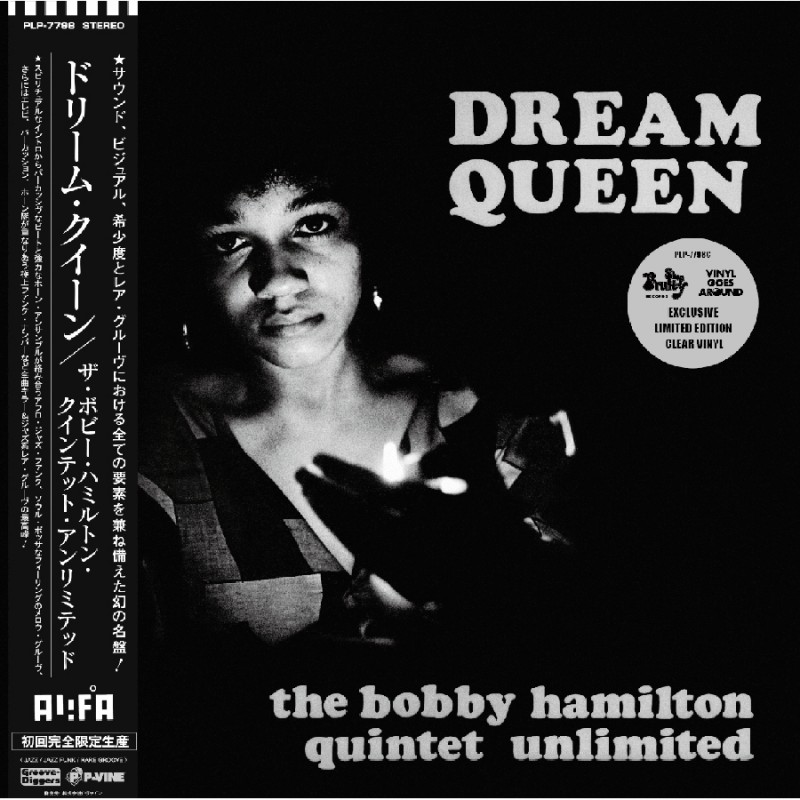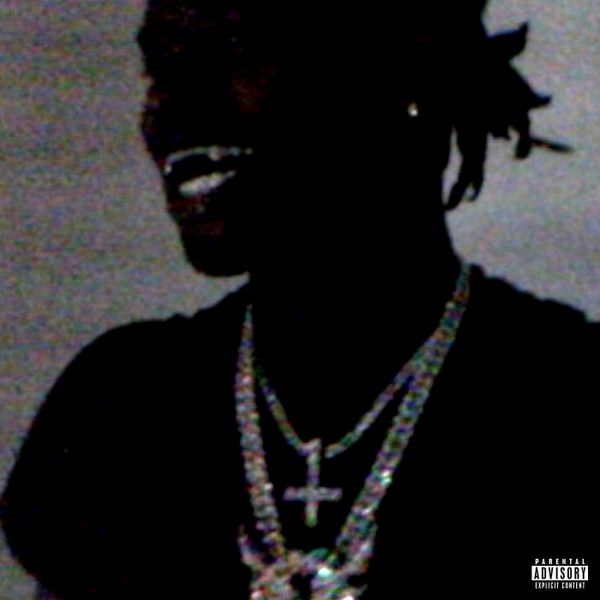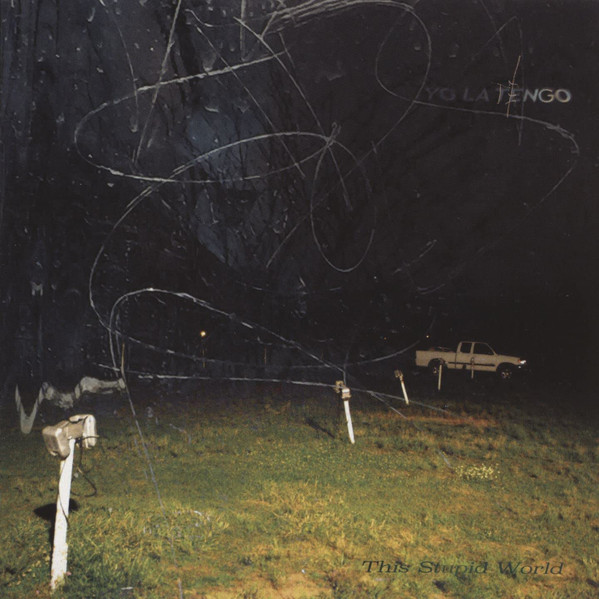As always, there is way more music being released than I can keep up with, and this list probably looks different if written next month (or even tomorrow), but here are 10 albums from 2023 that left big impressions. Honorable mentions are also included at the jump.
To a happy 2024, and free Young Thug!!!
10. Danny Brown – Quaranta
Danny Brown has never used so little of what I call his “crazy voice” as on Quaranta, and the result is his most pleasantly surprising and vulnerable work. He brilliantly flips a classic Geto Boys line into the chorus of “Down Wit Me”, a stark breakup song that leaves him sounding emotionally drained. Yet he is quick to bounce back on “Celibate” with the help of an excellent verse from MIKE. “Hanami” is a meditation on the passage of time(!) and “Bass Jam” is just full-stop beautiful. Though Quaranta was announced years ago (Brown turned 42 months before its release), it turned out to be well worth the wait.
9. Ken Carson – A Great Chaos
The state of rap is messy right now, and a lot of new releases leave me underwhelmed. But listening to Destroy Lonely’s “if looks could kill” in 2023 really scratched my itch for some youthful, Carti-like music, and coming from a guy I had never even heard of made it that much more impressive. Ken Carson does the same thing on A Great Chaos, which has 3 Destroy Lonely features but mostly finds Carson talking shit in his muddle-mouthed drawl over candy-coated beats.
8. PinkPantheress – Heaven Knows
After coming out strong in 2021 with the outstanding 18 minute to hell with it, PinkPantheress leveled up this year. The Ice Spice-assisted “Boy’s a liar pt. 2” was an absolute smash, and Pink followed it up with as great of an album as we could have expected. Full of bops and perfectly placed features, Heaven knows makes the 22-year-old star impossible to count out.
7. Drake – For All the Dogs
I don’t blame anyone who despises Drake at this point in his career: his wealth and influence is superfluous, and over a decade and a half his rap persona has morphed from an energized young upstart to a rich horny guy who abuses similes and kinda just says cringey shit. Nevertheless, I listened to songs from For All the Dogs as much as anything else in 2023’s final quarter. Like most big-name streaming era albums, it’s bloated, but there are still plenty of great songs. Chief Keef blesses “All the Parties” with a blink-of-an-eye verse that Drake riffs on, “8AM in Charlotte” finds Drizzy blacking out over a Conductor(!) beat, “Rich Baby Daddy” has SZA sliding over “My Boo” type production (not to mention the incredible chorus), “Away From Home” is surprisingly reflective etc. The Scary Hours edition released in November adds 6 mostly great songs that remind me of why I’ve been listening to this guy now for most of my life.
6. Yo La Tengo – This Stupid World
The evergreen talents of Yo La Tengo, going strong in their 5th decade, did it again on This Stupid World. “Sinatra Drive Breakdown” is their heaviest opener since 2006’s “Pass the Hatchet, I Think I’m Goodkind”. A pure jammer, it sets the tone for an exploratory yet succint 9-track album. Elsewhere, “Aselestine” provides the sweetness that both longtime fans and newcomers should love.
5. Maxo – Debbie’s Son
Maxo blew me away in 2019 with his Def Jam debut Lil Big Man, a tight and mellow collection of raps. It took 4 years for Def Jam to eke out the follow-up, 2023’s Even God Has a Sense of Humor. Though a good release, that album represents the closing of a tie with a label that seemingly offered little promotion or support. Released independently, Debbie’s Son is both the more experimental and more personal Maxo album of 2023. Featuring only Zelooperz is a bold choice that pays off early, and the jazzy bent of “#3” and “Boomerang” will please any listener who seeks something beyond the current status quo of rap music.
4. Jess Williamson – Time Ain’t Accidental
When I met Jess Williamson after her show in Healdsburg in 2023, I complimented her choice of walk-out music: “Only Time” by Enya. She noted that since her album’s called Time Ain’t Accidental, “Only Time” made sense, which I hadn’t even considered. A music lover at her core, it only makes sense that Williamson is having her moment now as an outstanding new voice in country amidst a blockbuster time for country music in general. Seeing her perform these songs in a small venue was an absolute treat, and highlighted the pure excellence in her songwriting that stands out on tracks like “Roads” and “God in Everything”. That, and the drum machines in the title track and “Topanga Two Step” are perfect.
3. Animal Collective – Isn’t It Now?
Having listened to live versions of these songs for almost 4 years, Isn’t It Now felt wonderfully familiar to me the first time I pressed play. As a longstanding Animal Collective stan who gushed over 2022’s Time Skiffs, getting the counterpart album (songs from both albums were written around the same time) a year later was like receiving a big hug.
2. Dougie Poole – The Rainbow Wheel of Death
The more I play these tunes, the more they feel like permanent parts of my brain. “Worried Man Blues 2” is coming out the speaker while I’m driving, “Beth David Cemetery” is coming out my mouth while I’m working. The pedal steel cries, the guitar strums on, another day goes by and these songs live rent-free in my head. “I Lived My Whole Life Last Night” is perfect – a funny, scary, just plain brilliant riff on mortality. Destined to become a classic, I would recommend The Rainbow Wheel of Death to anyone who loves good songs.
1. Nourished by Time – Erotic Probiotic 2
Since 2019, Marcus Brown has been releasing singles and EPs as Nourished by Time (including the two-track Erotic Probiotic), in total about an album’s worth of material strong enough to rival that of most contemporary R&B/pop artists. That is until Erotic Probiotic 2, which lapped his previous output and finally gave the artist some deserved love: Oneohtrix Point Never recently described Nourished By Time as the “only new music I absolutely swear is next level”, and this coming from an artist as consistently on the vanguard of both the experimental and pop worlds as OPN is high praise. But Erotic Probiotic 2 warrants this claim.
A one-man production, Nourished By Time’s music averts current pop’s too-many-cooks syndrome, while still containing songs as catchy and hummable as any pop artist. Opener “Quantum Suicide” itself is a revelation, a banger and a prayer: “The journey, the pain / May it all be the same,” he belts (and there is a lot of fantastic belting on here). Initially I felt the album was front-loaded, but then it became man, I love these last 3, 4, 5 tracks on a 9-track album. After the delightfully busy productions of “Rain Water Promise” and “Soap Party”, the relatively sparse “Workers Interlude” allows NBT to bare his soul (“Now people pass me by / And all I ask is why?“) before “Unbreak My Love” provides the closing catharsis to put a bow on it all. Erotic Probiotic 2 is a watershed moment for Nourished by Time, and almost certainly a harbinger of more next-level shit.
Honorable Mentions:
André 3000 – New Blue Sun
Arooj Aftab, Vijay Iyer & Shahzad Ismaily – Love In Exile
Bad Bunny – Nadie sabe lo que va a pasar mañana
bar italia – Tracey Denim
Earl Sweatshirt & The Alchemist – Voir Dire
George Clanton – Ooh Rap I Ya
Ice Spice – Like..?
Jessy Lanza – Love Hallucination
jonatan leandoer96 – Sugar World
Kali Uchis – Red Moon in Venus
Karina Rykman – Joyride
Lana Del Rey – Did you know that there’s a tunnel under Ocean Blvd
Laura Groves – Radio Red
Lil Yachty – Let’s Start Here.
Mac DeMarco – Five Easy Hot Dogs
MIKE – Burning Desire
Natural Wonder Beauty Concept – Natural Wonder Beauty Concept
Pink Siifu & Turich Benjy – It’s Too Quiet..’!!
Sampha – Lahai
Titanic – Vidrio
6LACK – Since I Have a Lover




















